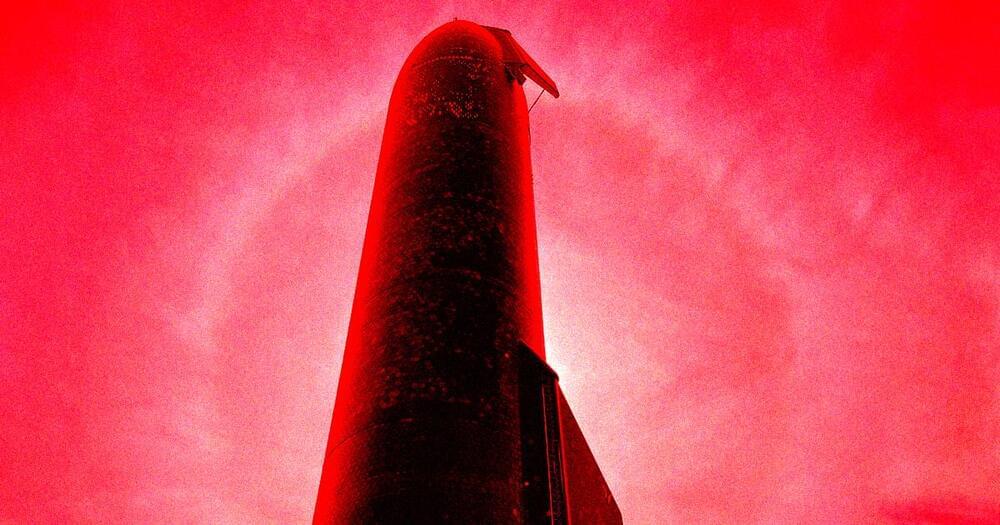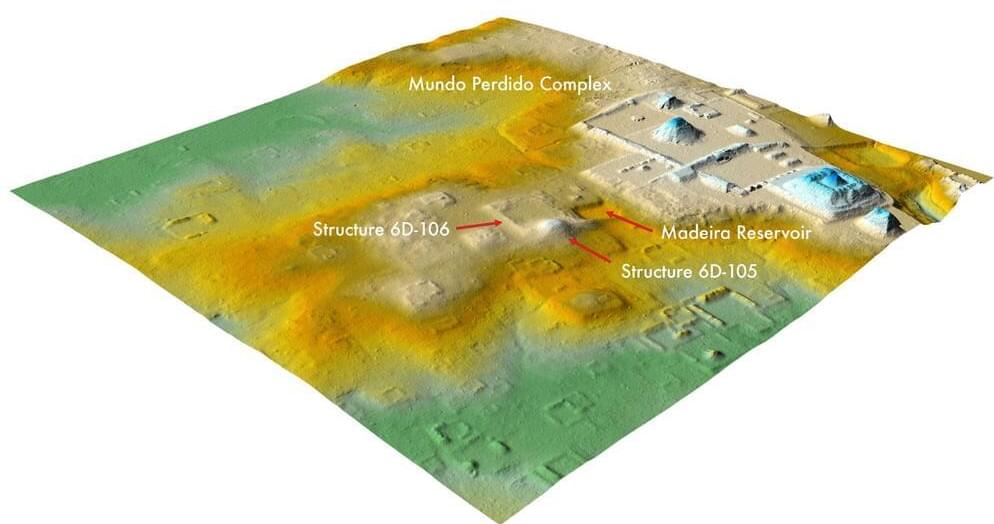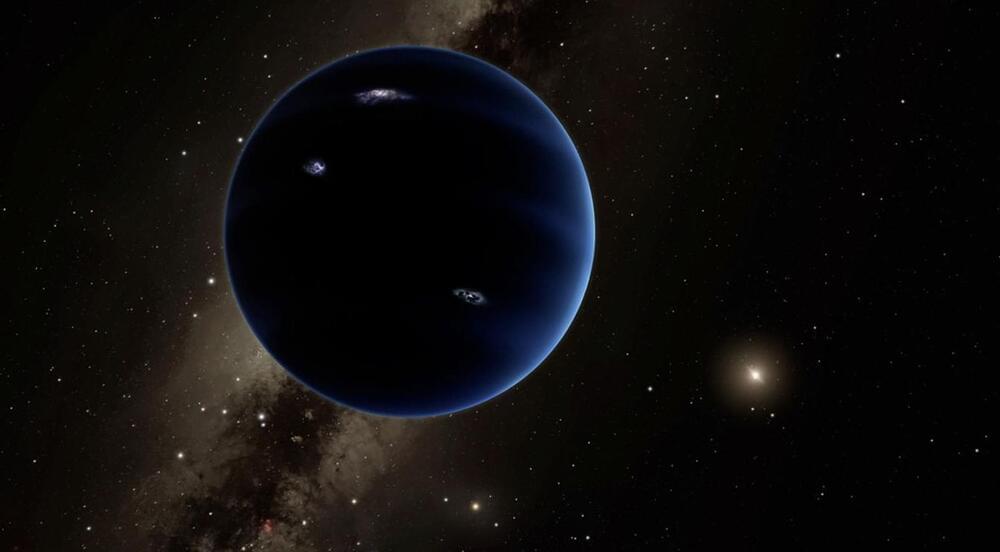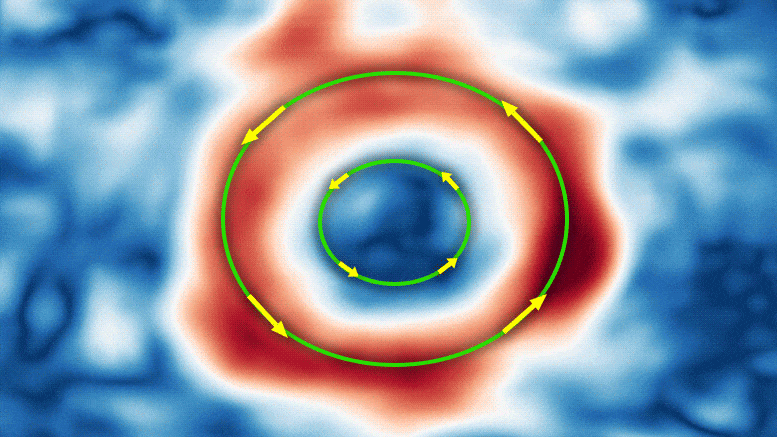Innovator, philanthropist, humanitarian — khaliya — discussing radical solutions for the global mental health crisis.
Khaliya (https://www.khaliya.net/) is a Columbia University-trained public health specialist and Harvard University-trained specialist in Global Mental Health and Refugee Trauma. She is also a Venture Partner for Gender Equity Diversity Investments (www.gedi.vc), a new female-led VC firm targeting high growth investments that deliver top-quartile returns and measurable impact towards the UN Sustainable Development Goals with a preliminary focus on health.
Formerly an aid worker in over 32 countries and a former Peace Corps Volunteer for the US State Department, she has won numerous awards for her international service. Khaliya was the youngest member of the WEF’s Futures Council on the Future of Health and Healthcare and her opinion pieces have run in the New York Times (International and Domestic Editions) as well as WiredUK.









